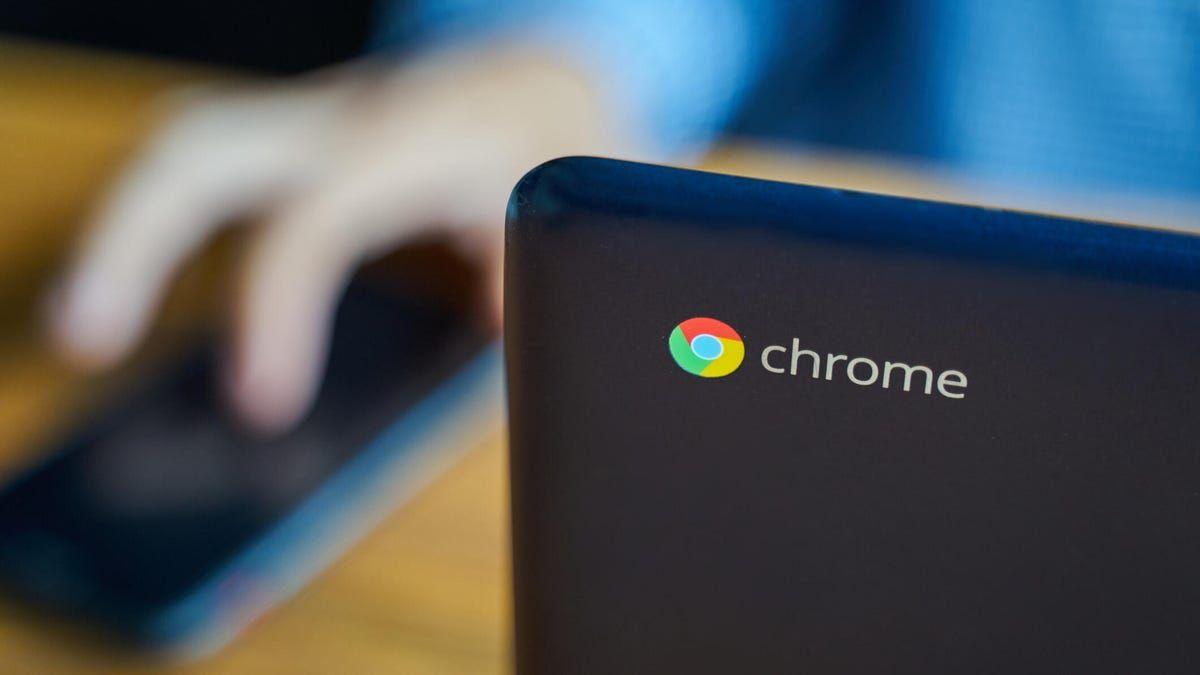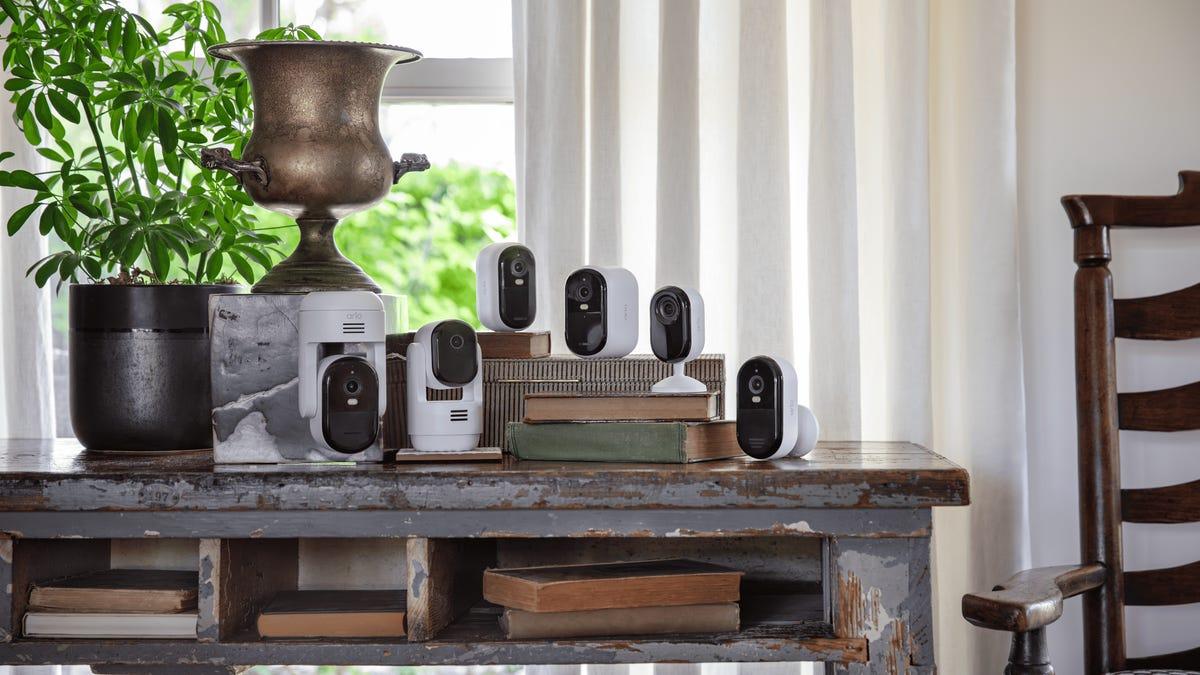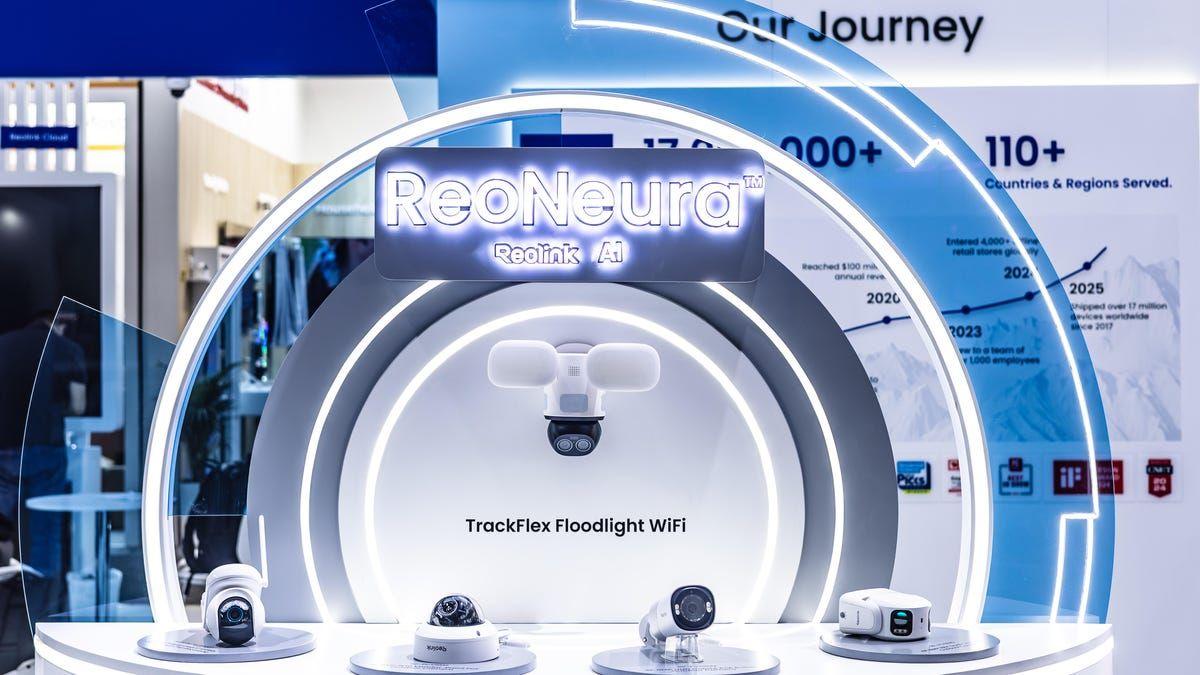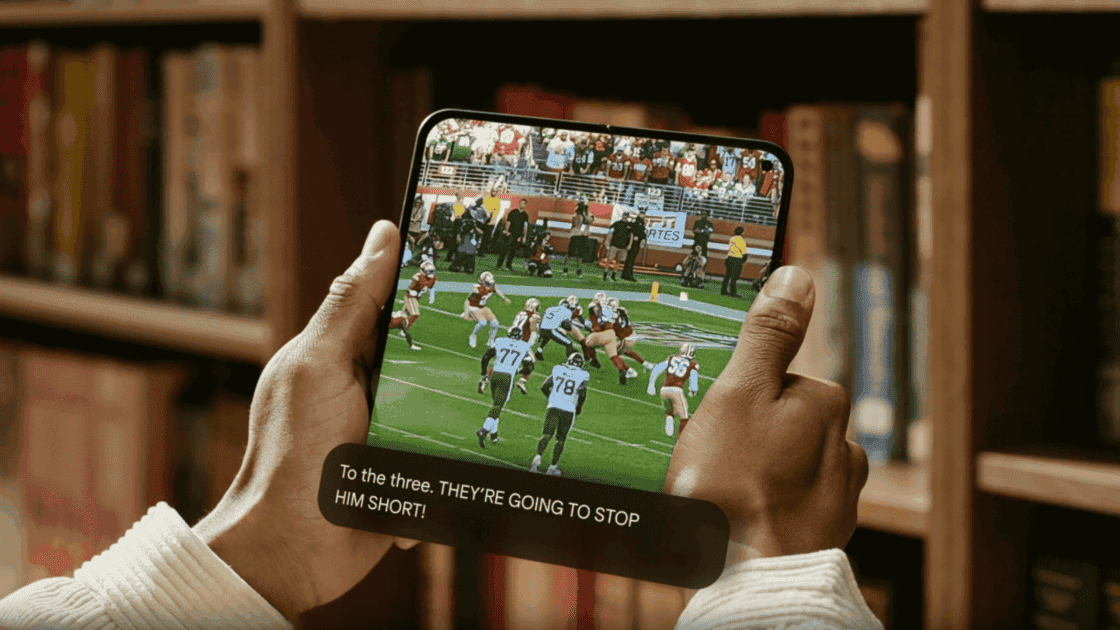Arlo's New AI-Powered Custom Detection Feature Revolutionizes Home Security
2 Sources
2 Sources
[1]
I Tested Arlo's Trailblazing Security AI That Lets You Create Identifiable Objects
Expertise Smart home | Smart security | Home tech | Energy savings | A/V If you have an Arlo Secure subscription for your camera, you may have noticed an interesting recent addition: A beta program for "Custom Detection" that allows you to literally train Arlo's AI to recognize your own objects or activities. Custom Detection is part of a huge update for Arlo Secure, a more-or-less must-have subscription program for Arlo's powerful security cameras. The update added more advanced AI recognition capabilities than anything we've seen so far, furthering the race between security companies for who can add visual learning capabilities the fastest. Now Arlo cams can recognize both individual faces and -- a unique offering in home security -- individual vehicles, so you can know exactly who is parking in your driveway. But the feature that really caught my eye was a special beta program for an even deeper level of customization, letting you pick out a particular view, teach it to the cam and label it for your own personal smart alert. Arlo suggests using this custom detection for an issue like leaving the garage open or leaving sprinklers or lights on, but with the right training, the potential could be far greater. So I tried a few experiments. I'm currently testing both Arlo's Essential Cam 2nd-gen (a great affordable Arlo option) and its latest wired Floodlight Cam. The Essential cam works better for up-close object recognition that I wanted to test, so I set it up on a patio with a close view on what could be left behind. The goal was simple enough: Recognize when a specific dog toy had been left on the patio. The object could be anything that you'd like alerts about if it appears. To do this, the beta program asks that you input pics of a "Yes" state and a "No" state. You can give the custom object detection an appropriate name and run detection tests multiple times to see if the camera can understand the current state. The more tests you run, the more Arlo can log that information and improve accuracy. Turns out, recognizing a dog toy like this (as well as a ball, etc.) posed few problems for the beta version. After a few tests, the cam reliably sent accurate alerts when the dog toy appeared on screen. That's notable because other object detection cameras keep the training locked behind the scenes and relegated to a few options like packages and vehicles. Successfully recognizing a specific object of your own choosing -- as long as it's relatively noticeable -- really opens up the possibilities. I set the recognition up for motion activity, but you can customize what days it's working, whether you want it to check for your test state at a specific time and if you prefer to get a "Yes" notification or a "No" notification. (This could be handy if something important unexpectedly disappears.) All right, toys, balls and other objects seem to work with Arlo's Custom Detection, but I wanted to try another type of training -- basic letter identification. If the AI can recognize different markings in an otherwise similar setup, that speaks well of its potential to distinguish between similar objects and recognize 2D details if necessary. I MacGyvered a very simple B/X test to see what it could do. The results were not as decisive as the pet toy test, but after running the program several times, the Arlo AI seemed to catch onto the idea. After repeated tests swapping between the two letters, the cam proved more likely to recognize the X sign and less inclined to pop up any alerts about the "No" state B sign. It's a promising result, one that shows Custom Detection could improve in the future to notice small details, color patterns, textures and more. It's no surprise that the learning algorithm is also being used to identify specific vehicles, which usually requires data beyond general shapes. If these unique vehicle and custom detection options sound like something you could use for scoping out specifics around your home or yard, you can try out the beta program right now. You'll need a compatible Arlo cam (and I'm happy to make a few suggestions), as well as at least an Arlo Secure Plus program, which currently starts around $17 per month for unlimited Arlo cameras. The beta program does have its limitations: You can only set up one customized alert at a time for now, so you'll have to pick the most important object or detail around your home. Maybe there's a door that keeps getting left open, an outdoor fireplace that's always left on or, like in my tests, someone's special item keeps getting left in the same spot. You could also use it to get notifications if a piece of artwork or other valuable suddenly disappears.
[2]
I Tested Arlo's Deluxe New AI That Lets You Create Objects to Recognize
Expertise Smart home | Smart security | Home tech | Energy savings | A/V If you have an Arlo Secure subscription for your camera, you may have noticed an interesting recent addition: A beta program for "Custom Detection" that allows you to literally train Arlo's AI to recognize your own objects or activities. Custom Detection is part of a huge update for Arlo Secure, a more-or-less must-have subscription program for Arlo's powerful security cameras. The update added more advanced AI recognition capabilities than anything we've seen so far, furthering the race between security companies for who can add visual learning capabilities the fastest. Now Arlo cams can recognize both individual faces and -- a unique offering in home security -- individual vehicles, so you can know exactly who is parking in your driveway. But the feature that really caught my eye was a special beta program for an even deeper level of customization, letting you pick out a particular view, teach it to the cam and label it for your own personal smart alert. Arlo suggests using this custom detection for an issue like leaving the garage open or leaving sprinklers or lights on, but with the right training, the potential could be far greater. So I tried a few experiments. I'm currently testing both Arlo's Essential Cam 2nd-gen (a great affordable Arlo option) and its latest wired Floodlight Cam. The Essential cam works better for up-close object recognition that I wanted to test, so I set it up on a patio with a close view on what could be left behind. The goal was simple enough: Recognize when a specific dog toy had been left on the patio. The object could be anything that you'd like alerts about if it appears. To do this, the beta program asks that you input pics of a "Yes" state and a "No" state. You can give the custom object detection an appropriate name and run detection tests multiple times to see if the camera can understand the current state. The more tests you run, the more Arlo can log that information and improve accuracy. Turns out, recognizing a dog toy like this (as well as a ball, etc.) posed few problems for the beta version. After a few tests, the cam reliably sent accurate alerts when the dog toy appeared on screen. That's notable because other object detection cameras keep the training locked behind the scenes and relegated to a few options like packages and vehicles. Successfully recognizing a specific object of your own choosing -- as long as it's relatively noticeable -- really opens up the possibilities. I set the recognition up for motion activity, but you can customize what days it's working, whether you want it to check for your test state at a specific time and if you prefer to get a "Yes" notification or a "No" notification. (This could be handy if something important unexpectedly disappears.) All right, toys, balls and other objects seem to work with Arlo's Custom Detection, but I wanted to try another type of training -- basic letter identification. If the AI can recognize different markings in an otherwise similar setup, that speaks well of its potential to distinguish between similar objects and recognize 2D details if necessary. I MacGyvered a very simple B/X test to see what it could do. The results were not as decisive as the pet toy test, but after running the program several times, the Arlo AI seemed to catch onto the idea. After repeated tests swapping between the two letters, the cam proved more likely to recognize the X sign and less inclined to pop up any alerts about the "No" state B sign. It's a promising result, one that shows Custom Detection could improve in the future to notice small details, color patterns, textures and more. It's no surprise that the learning algorithm is also being used to identify specific vehicles, which usually requires data beyond general shapes. If these unique vehicle and custom detection options sound like something you could use for scoping out specifics around your home or yard, you can try out the beta program right now. You'll need a compatible Arlo cam (and I'm happy to make a few suggestions), as well as at least an Arlo Secure Plus program, which currently starts around $17 per month for unlimited Arlo cameras. The beta program does have its limitations: You can only set up one customized alert at a time for now, so you'll have to pick the most important object or detail around your home. Maybe there's a door that keeps getting left open, an outdoor fireplace that's always left on or, like in my tests, someone's special item keeps getting left in the same spot. You could also use it to get notifications if a piece of artwork or other valuable suddenly disappears.
Share
Share
Copy Link
Arlo introduces a groundbreaking AI-powered Custom Detection feature for its security cameras, allowing users to train the system to recognize specific objects and activities, enhancing home security capabilities.

Arlo Unveils Innovative Custom Detection Feature
Arlo, a leading smart home security company, has introduced a groundbreaking AI-powered feature called "Custom Detection" as part of its Arlo Secure subscription program. This new capability allows users to train the AI to recognize specific objects or activities, pushing the boundaries of home security technology
1
2
.Advanced AI Recognition Capabilities
The Custom Detection feature is part of a significant update to Arlo Secure, which has introduced more advanced AI recognition capabilities than previously seen in the home security market. In addition to Custom Detection, Arlo cameras can now recognize individual faces and vehicles, providing users with detailed information about who is at their property
1
2
.How Custom Detection Works
The beta program for Custom Detection enables users to:
- Choose a particular view or object
- Train the camera to recognize it
- Label it for personalized smart alerts
Users input pictures of "Yes" and "No" states to train the AI. The system allows for multiple detection tests to improve accuracy over time
1
2
.Real-World Testing
In tests conducted with an Arlo Essential Cam 2nd-gen, the Custom Detection feature demonstrated impressive capabilities:
- Object Recognition: The AI successfully recognized specific objects like dog toys and balls with high accuracy.
- Letter Identification: In a more challenging test, the AI showed potential in distinguishing between similar shapes, such as the letters "B" and "X"
1
2
.
Customization Options
Users can tailor the Custom Detection feature to their needs by:
- Setting up motion activity triggers
- Customizing active days and times
- Choosing between "Yes" or "No" state notifications
1
2
.
Related Stories
Limitations and Future Potential
While promising, the beta program currently has some limitations:
- Only one customized alert can be set up at a time
- Requires a compatible Arlo camera and an Arlo Secure Plus subscription (starting at $17/month)
However, the technology shows potential for future improvements in recognizing small details, color patterns, and textures
1
2
.Implications for Home Security
This innovative feature opens up new possibilities for home security, allowing users to receive alerts for specific scenarios such as:
- Garage doors left open
- Sprinklers or lights left on
- Valuable items being moved or removed
As AI technology continues to advance, we can expect even more sophisticated and personalized security solutions in the future
1
2
.References
Summarized by
Navi










